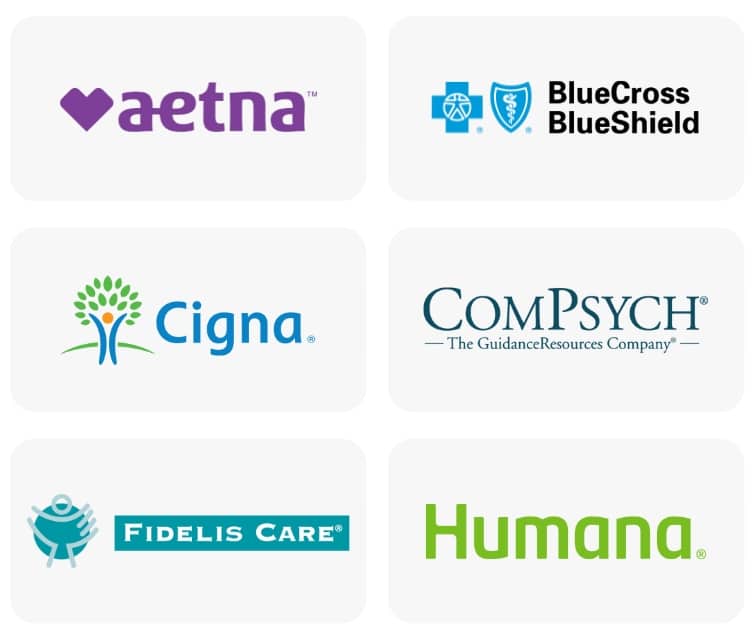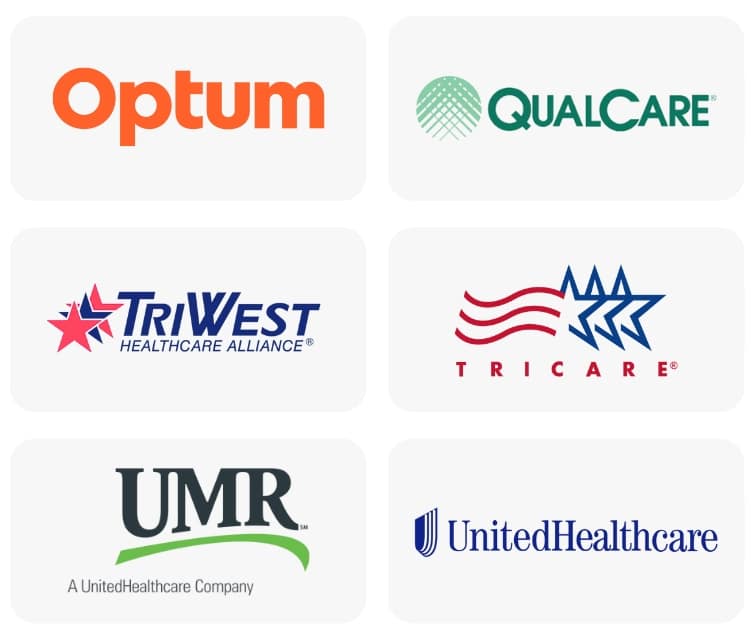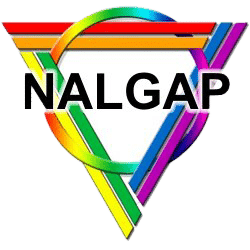More than 8 million people abused prescription pain medication in the past 12 months. That number has led many people to call the abuse of these medications a public health crisis. While intended to treat pain, these medicines also carry a high risk of misuse. The long-term health implications of prescription medication abuse is also troubling.
It can be difficult to watch someone fall victim to pain medication addiction. It can be even more difficult to get them help. What confuses many is the large number of names used to describe these medications. They are often referred to by their manufacturer names, like Percocet or Vicodin, but they can also be called by their generic names, like hydrocodone or fentanyl.
You may have also heard them called opiates or also opioids. That leads many to wonder if there’s a difference between an opiate vs opioid. There is a difference, and understanding the difference between opiates and opioids can help you guide a loved one towards the right path to recovery. There is a high risk for opiate and opioid overdose, so getting help right away is important.
What Is an Opiate?
An opiate is an addictive drug derived from the poppy plant. These drugs include:
- Opium
- Morphine
- Heroin
- Codeine
These drugs are considered natural because they come from a poppy that grows in nature, and some are used for medical purposes. Heroin’s class of drugs, however, is a Schedule I narcotic. That means it has no medical value and it’s highly addictive.
Opiates cause feelings of pleasure and relaxation. These drugs are very powerful and affect the brain on a chemical level. This is due to the release of endorphins in the brain when an opiate is introduced to the body. When these feelings go away, it can lead to uncontrollable cravings, impulsive usage, and abuse. Opiates carry a high risk of overdose and death, particularly when abused over a long period of time.
What Is an Opioid?
Advancements in medical science over the years led to the creation of opioids. They function in a similar way to opiates but are, at least in part, synthetic. That means they are created in labs to mimic the effects of natural opiates. There are more than 500 synthetic opioids with a wide range of uses. For instance, some are used in cough medication to reduce discomfort. Others are prescribed following surgery and accidents to help patients feel less pain. Others, like methadone, are actually used to treat pain medication addictions.
Opioid drugs are often prescribed by doctors as pain medicines, but, like opiates, opioids cause feelings of euphoria and pleasure. Over time, users can build up a tolerance so higher doses are needed to feel the same high. That makes their urges to use the drugs worse.
When abused, opioids can have serious consequences and have troubling drug overdose death rates. If you are addicted to opioids, it’s important to find help as soon as possible. If left untreated, the risk for overdose or even death will only grow.
Opiate vs Opioid: Is Either Safe to Use?
When taken under the supervision of a medical professional and in correct dosages for a limited time, some opiates and opioid drugs can be safe and serve valuable purposes. Others, like heroin, do not carry any medical value and are only used to get high. They are exceedingly dangerous, and usage should stop immediately.
Regardless of why you use it, you can take steps to turn your life around. Long-term abuse and physical dependence threaten your health and wellness in very real ways. Some of the dangers associated with opioid abuse include:
- Developing a tolerance that leads to consuming higher doses
- Negative side effects like drowsiness, constipation, and cognitive impairment
- Depressed breathing, particularly when combined with other drugs or alcohol
- Increased feelings of depression and isolation
- Isolation from family and friends as you focus on getting high instead
- Reduced performance in school or at work
Footsteps to Recovery is a full-service addiction treatment center with skilled substance abuse disorder therapists. Our opioid and opiate treatment programs can help you overcome your opiate or opioid addiction.
Prescription Drug Addiction Treatment
At Footprints to Recovery, we use evidence-based and holistic programs to treat opiate and opioid use disorders. Skilled counselors assess each client’s addiction and identify any co-occurring mental health issues that may hinder recovery. Treatment plans are tailored to each individual, considering personal factors to create a clear path to sobriety.
Levels of care offered include:
- Medical detox – Detox is the first step to sobriety. Our medically supervised detox safely manages withdrawal symptoms, making the process as comfortable as possible.
- Inpatient treatment – Also known as residential care, this involves living at one of our facilities for 30-45 days (depending on your situation). Inpatient rehab allows you to fully focus on recovery without outside distractions.
- Partial hospitalization program (PHP) – A step down from inpatient care, PHP involves spending up to six hours a day at the facility for therapy and meetings, while still living at home and attending work or school.
- Intensive outpatient program (IOP) – Less intense than PHP, IOP involves fewer sessions each week, focusing on preparing you to transition back to daily life free from substance abuse.
- Outpatient rehab – The most flexible option, outpatient care is often the final stage of recovery. Clients typically visit the center once or twice a week for programs.
Get Help For Prescription Drug Addiction
Regardless of why you are using, it’s time to take the necessary steps to turn your life around from opiate or opioid abuse. Long-term dependency threatens your health and wellness in a very real way. Footsteps to Recovery is a full-service addiction treatment center with skilled substance abuse disorder therapists. Our opiate and opioid treatment programs can help you overcome your prescription drug misuse problem. Contact us today for an insurance verification or to learn more about how we can help you end your addiction to opiates or prescription opioids.
- About Overdose Prevention – CDC
- What is the scope of prescription drug misuse in the United States? | National Institute on Drug Abuse (NIDA)
- Opiates or Opioids — What’s the difference? : State of Oregon
- How opioid use disorder occurs – Mayo Clinic
- What are opioids and why are they dangerous? – Mayo Clinic










